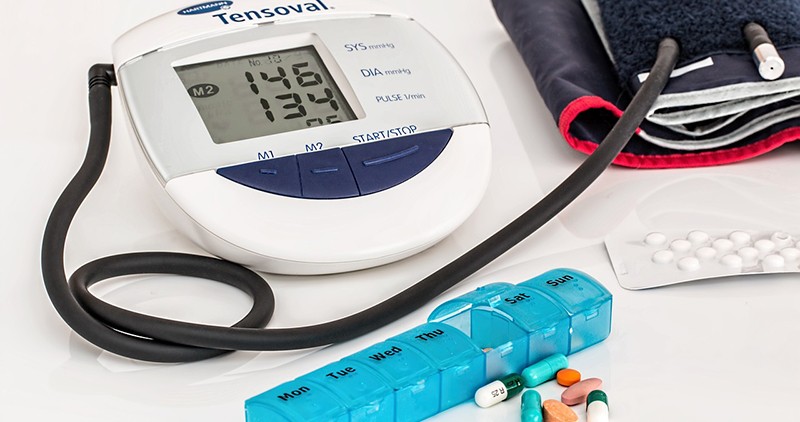
Chapter 6: Assessment and Evaluation Methods in APN Education
Authors:
Josefin Bäckström, Senior Lecturer
Susanne Friis Søndergård, Associate Professor,
Hanna Hopia, Principal Lecturer, Associate Professor,
Reet Urban, Principal Lecturer
Introduction
Assessing nursing skills, whether in the first term of a bachelor’s programme or the final term of an APN programme, is, from our experience, a topic frequently discussed among colleagues. This collaborative discussion occurs irrespective of whether the assessment or evaluation targets more solitary theoretical course activities or theoretical knowledge manifested as clinical skills. In all courses – and in broader perspective educational programmes – it is pivotal that teachers and educators, together with students, ensure that learning activities allow students to achieve the expected learning outcomes. All components, from the curriculum to course content and activities, intended outcomes, and evaluation and assessment methods and tools, should be aligned.
Since these are fundamentally based on theoretical knowledge, it is seldom meaningful or purposeful to differentiate between theoretical and clinical nursing skills in clinical skill evaluation and assessments. Hence, assessing clinical skills will also always include theoretical knowledge and reasoning.
This chapter will comprehensively summarise formative and summative evaluation and assessment tools and guidelines relevant to APN education, highlighting best practices for evaluating educational outcomes and competencies which are essential in Advanced Practice Nursing. Numerous methods and tools in this chapter may apply to education at both bachelor’s and master’s level and to other healthcare professions. In this chapter, we emphasise that assessment and evaluation are closely related concepts, where formative methods are related to an evaluation approach, and summative methods are related to an assessment approach. By the end of this chapter, educators and students will feel well-informed and prepared to implement these tools and guidelines in their educational practices.


